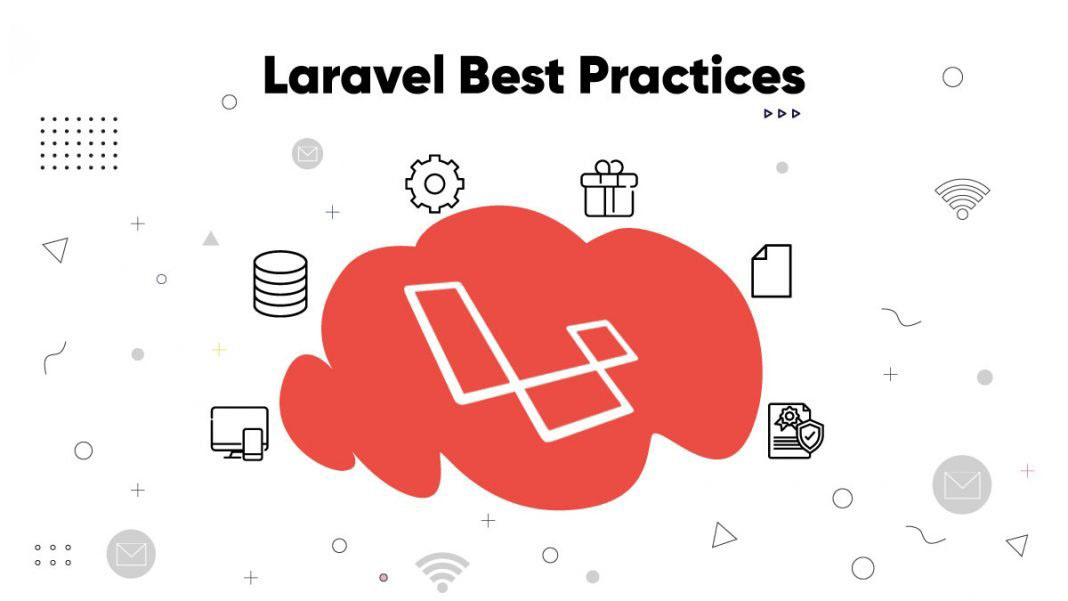Mastering Laravel: Best Dev Techniques

Mastering Laravel: Best Dev Techniques
1. Unleashing the Power of Laravel: Proven Development Techniques
Laravel is a powerful PHP framework that has gained immense popularity among developers due to its elegant syntax and numerous built-in features. By mastering Laravel, developers can build robust and scalable web applications with ease. Here are some proven development techniques to help you unleash the full potential of Laravel:
1.1 Model-View-Controller Architecture
The Model-View-Controller (MVC) architecture is a fundamental concept in Laravel that helps in organizing code and separating business logic from presentation. By following MVC principles, you can create modular and maintainable code.
1.2 Eloquent ORM
Laravel’s Eloquent ORM makes working with databases a breeze. It provides an intuitive and fluent interface for interacting with the database tables. Take full advantage of Eloquent relationships to simplify complex database queries.
1.3 Middleware
Middleware in Laravel allows you to filter HTTP requests entering your application. Use middleware to authenticate users, check permissions, and perform other tasks before reaching the controller.
1.4 Artisan Console
Artisan is Laravel’s command-line interface that automates repetitive tasks and helps in scaffolding code. Learn to use Artisan commands to generate controllers, models, migrations, and more.
1.5 Blade Templating Engine
Blade is Laravel’s lightweight and powerful templating engine that allows you to write more readable and expressive views. Utilize Blade’s template inheritance and sections to create reusable layouts.
1.6 Form Validation
Laravel provides a convenient way to validate form data using validation rules. Leverage Laravel’s validation features to ensure data integrity and security in your applications.
1.7 Task Scheduling
Task scheduling in Laravel allows you to automate tasks at regular intervals using the scheduler. Define scheduled tasks in the `app/Console/Kernel.php` file to run commands automatically.
1.8 Testing with PHPUnit
Unit testing is an essential part of Laravel development to ensure the functionality of your code. Use PHPUnit to write tests for your application’s features and make sure everything works as expected.
1.9 Dependency Injection
Dependency injection is a design pattern widely used in Laravel to manage class dependencies. By injecting dependencies into a class, you can easily swap out implementations and improve code flexibility.
1.10 Error Handling
Handle errors gracefully in your Laravel applications by customizing error pages and using the built-in logging capabilities. Take advantage of Laravel’s exception handling to catch and report errors efficiently.
2. Elevate Your Skills with These Expert Laravel Tips and Tricks
Take your Laravel development skills to the next level with these expert tips and tricks:
2.1 Use Laravel Mix for Frontend Assets
Laravel Mix simplifies the process of compiling frontend assets like JavaScript and CSS. Take advantage of Mix’s configuration options to streamline your frontend development workflow.
2.2 Optimize Database Queries
Improve the performance of your Laravel applications by optimizing database queries. Use Laravel’s query builder and Eloquent ORM efficiently to reduce the number of queries and fetch data more effectively.
2.3 Implement Caching
Utilize Laravel’s caching mechanism to store frequently accessed data and reduce the load on the database. Use caching drivers like Redis or Memcached to improve the speed and responsiveness of your applications.
2.4 Use Queues for Background Processing
Improve the user experience of your Laravel applications by offloading time-consuming tasks to queues. Use Laravel’s queue system to process tasks in the background and keep your application responsive.
2.5 Secure Your Application
Protect your Laravel application from security threats by implementing best practices. Use Laravel’s built-in security features like CSRF protection, input validation, and encryption to safeguard your application.
2.6 Monitor Application Performance
Monitor the performance of your Laravel application using tools like Laravel Telescope or New Relic. Analyze performance metrics, database queries, and request logs to identify bottlenecks and optimize your application.
2.7 Implement API Authentication
Secure your Laravel API by implementing authentication mechanisms like JWT or OAuth. Use Laravel Passport to generate API tokens and protect your API endpoints from unauthorized access.
2.8 Continuous Integration and Deployment
Automate the deployment process of your Laravel application using continuous integration tools like Jenkins or GitLab CI. Set up pipelines to run tests, build artifacts, and deploy to production seamlessly.
2.9 Use Laravel Packages
Extend the functionality of your Laravel application by integrating third-party packages from the Laravel ecosystem. Explore packages like Laravel Debugbar, Laravel Excel, or Laravel Scout to add new features to your application.
2.10 Stay Updated with Laravel
Keep up to date with the latest features and updates in the Laravel framework. Follow Laravel’s official documentation, participate in the Laravel community, and attend Laravel conferences to stay informed about best practices and new developments.


